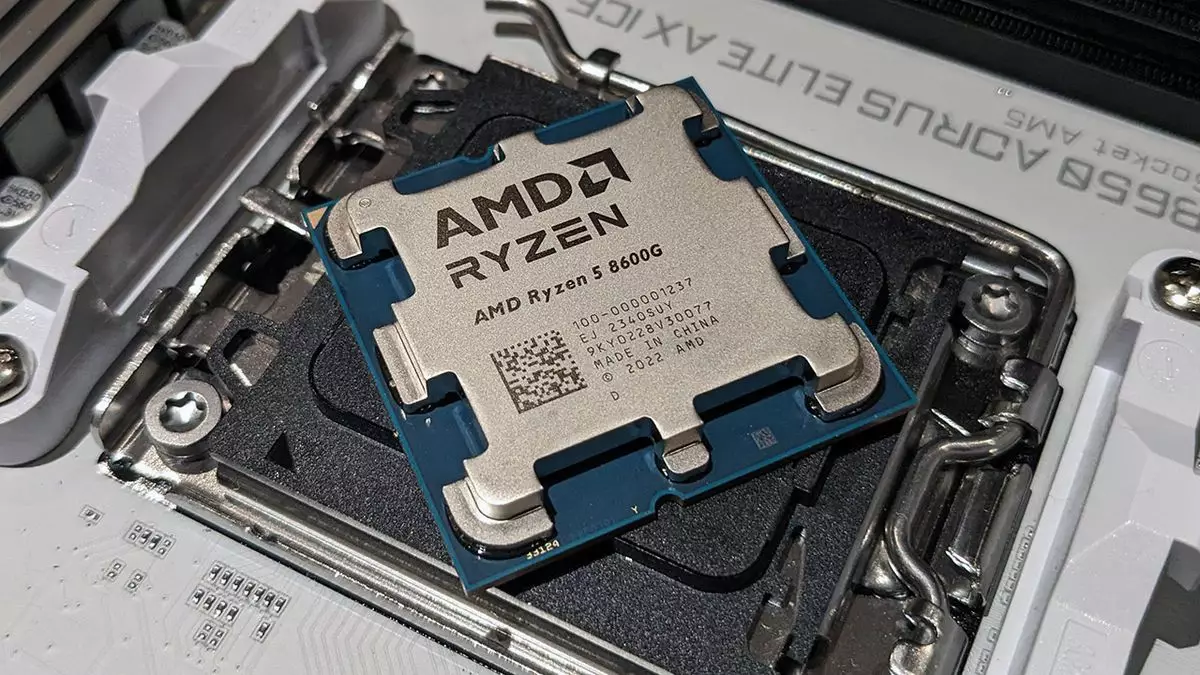The world of processor naming schemes has always been a complex and confusing one, but recent developments from AMD have taken this confusion to a whole new level. With the introduction of the Ryzen Pro 7300G and 7500G processors, it seems that manufacturers are intent on keeping consumers on their toes with seemingly arbitrary naming conventions.
The appearance of the Ryzen Pro 7300G and 7500G chips is surprising, as they do not follow the established naming conventions of recent AMD processors. Previously, all “G” SKUs were in the 8000-series, such as the Ryzen 7 8700G and Ryzen 5 8600G. The presence of these new 7000G-series chips, even with the “Pro” business moniker, suggests that they are likely early versions of the 8000-series chips that were later rebranded.
AMD’s decision to dedicate the entire desktop 8000-series generation to “G” processors, which are accelerated processing units (APUs) with integrated RDNA 3 graphics, adds another layer of complexity to their naming scheme. This move aligns the desktop 8000-series processors with their mobile counterparts, creating a potentially confusing landscape for consumers.
In addition to the “G” processors, AMD also introduced “F” chips in the 8000-series lineup, such as the Ryzen 7 8700F and Ryzen 5 8400F. The “F” designation indicates disabled graphics, essentially turning these APUs into CPUs. This decision to introduce yet another variant further complicates AMD’s naming conventions, leaving consumers scratching their heads.
While AMD’s post-7000-series chips take the form of the new Ryzen 9000-series, marking a significant generational leap, the naming scheme remains a point of contention. It is speculated that the release of the 9000-series CPUs may correspond to a change in motherboard generation, with new 800-series chipsets expected to accommodate these processors.
In contrast to AMD’s evolving naming scheme, Intel’s recent branding decisions seem to add even more confusion to the mix. With the abandonment of the Core 15th Gen naming in favor of Core Ultra 200-series branding, Intel is following a trend of inconsistent and convoluted naming conventions that make it challenging for consumers to decipher their product lineup.
The world of AMD processor naming schemes has become increasingly convoluted and difficult to navigate. The introduction of new processor variants, such as the Ryzen Pro 7300G and 7500G, further complicates an already complex landscape. As consumers struggle to make sense of these naming conventions, it becomes clear that manufacturers must prioritize clarity and simplicity in their product branding to avoid alienating and confusing their audience. The need for transparency and consistency in naming schemes is essential to building consumer trust and loyalty in an ever-evolving market.

